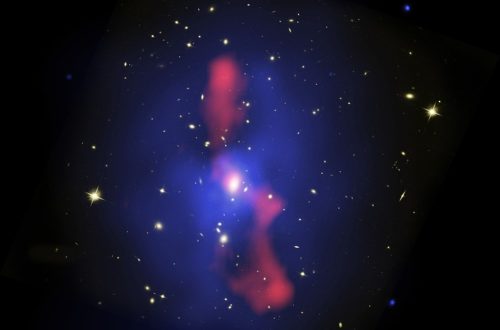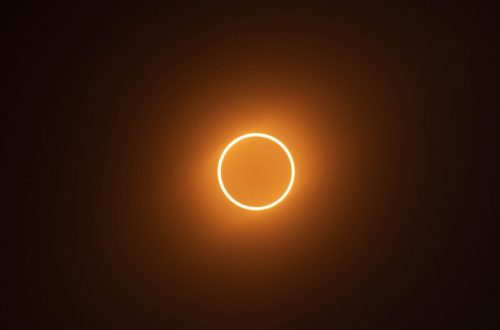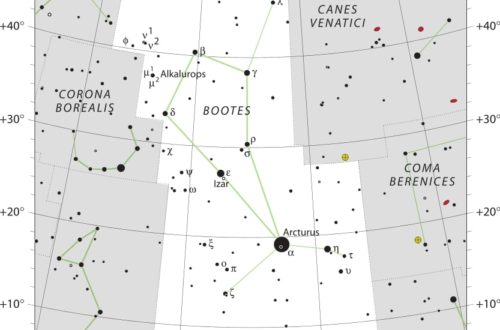Monthly Stargazing Calendar for February 2013
Looking for the February 2025 stargazing calendar?
This month will be the best time to see Mercury. Usually the planet is very hard to observe because it orbits very close to the sun and it can only be seen at dawn and dusk. However on the evening of February 8, Mercury will be seen within less than 0.4 degrees of the much-fainter planet, Mars. Then on February 16 Mercury will be at its furthest angle from the sun, known as greatest elongation. This means it will be at its highest point in the night sky after sunset, making it the best time to try to view Mercury.
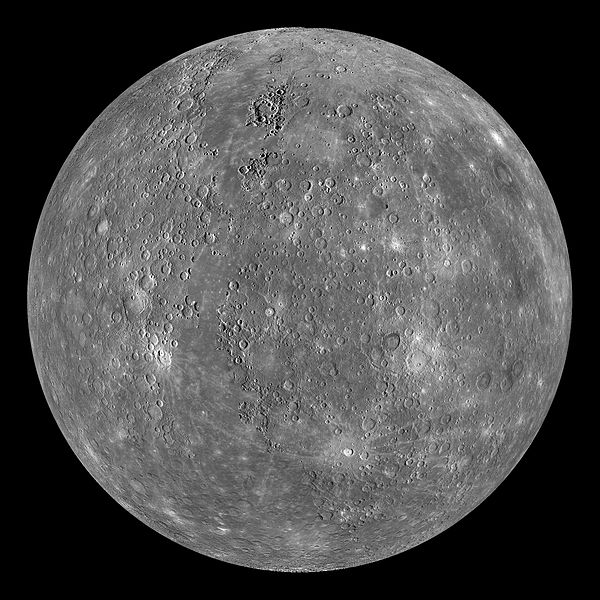 Composite image of Mercury taken by MESSENGER, NASA
Composite image of Mercury taken by MESSENGER, NASA
Would you like to be notified of stargazing events?
Moon phases
As you know, the Moon has a big impact on the visibility of celestial bodies in the night sky. So here are the Moon’s phases for this month:
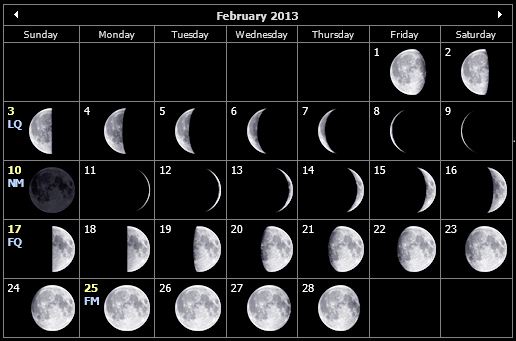
Positions of the planets this month
Mercury: The closest planet to the Sun can be seen at dawn and dusk in the constellation of Aquarius, not far from the planets Mars and Neptune. This planet, being the closest to the Sun, will appear to move quickly in the night sky and its position will change in the following weeks.
Venus: The sister planet can also be seen in the constellation of Capricornus. Just like Mercury, Venus can only be seen at dawn and dusk.
Mars: The red planet can be seen in the constellation of Aquarius.
Jupiter: The gas giant is visible in the constellation of Taurus. Jupiter can easily be spotted with the naked eye, even in highly illuminated cities.
Saturn: The ringed giant can be seen with the naked eye between the constellations of Virgo and Libra.
Uranus: The gas giant can be seen between the constellations of Pisces and Cetus with the use of a telescope.
Neptune: The blue giant requires a telescope pointed in the constellation of Aquarius in order to be seen.
Major astronomical event next months
- March 10 – Comet Pan-STARRS Closest Approach to the Sun.
- March 20 – March Equinox.
See also:
- Previous month’s calendar: Stargazing Calendar for January 2013
- Next month’s calendar: [Hiatus] Stargazing Calendar for April 2013
Would you like to receive similar articles by email?



